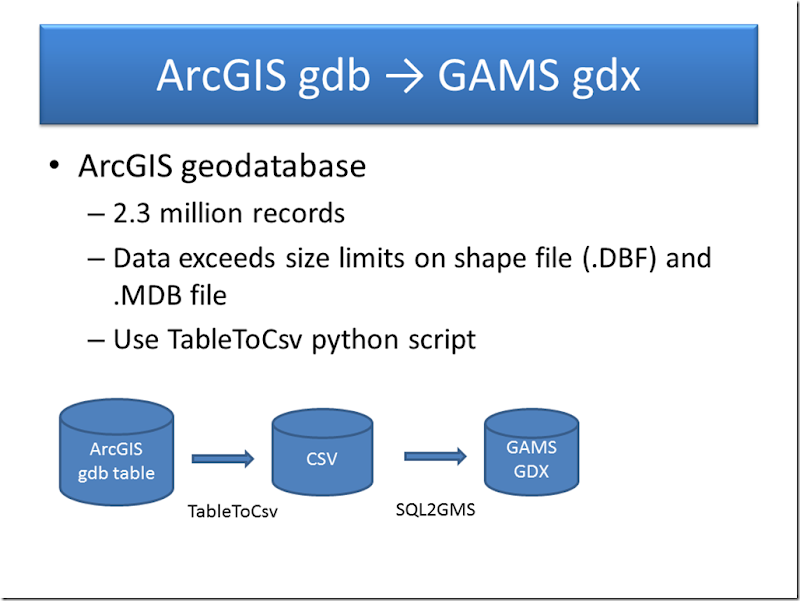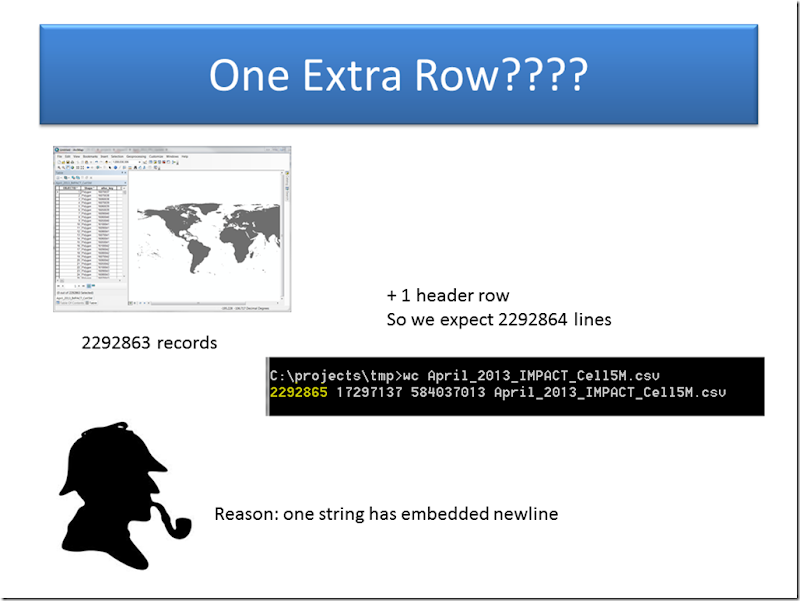| require.config({
paths: {
"Optimization.Framework": "http://optimizationzen.com/optimization.framework.min"
}
});
var TransportModel = (function () {
function TransportModel(origins, destinations) {
if (typeof origins === "undefined") {
origins = [];
}
if (typeof destinations === "undefined") {
destinations = [];
}
this.origins = origins;
this.destinations = destinations;
}
return TransportModel;
})();
var Origin = (function () {
function Origin(id, name, supply, cost) {
this.id = id;
this.name = name;
this.supply = supply;
this.cost = cost;
}
return Origin;
})();
var Destination = (function () {
function Destination(id, name, demand) {
this.id = id;
this.name = name;
this.demand = demand;
}
return Destination;
})();
var transportModel = new TransportModel();
var fra = new Destination(0, "FRA", 900);
var det = new Destination(1, "DET", 1200);
var lan = new Destination(2, "LAN", 600);
var win = new Destination(3, "WIN", 400);
var stl = new Destination(4, "STL", 1700);
var fre = new Destination(5, "FRE", 1100);
var laf = new Destination(6, "LAF", 1000);
transportModel.destinations = [
fra,
det,
lan,
win,
stl,
fre,
laf];
var garycost = {};
garycost["fra"] = 39;
garycost["det"] = 14;
garycost["lan"] = 11;
garycost["win"] = 14;
garycost["stl"] = 16;
garycost["fre"] = 82;
garycost["laf"] = 8;
var gary = new Origin(0, "GARY", 1400, garycost);
var clevcost = {};
clevcost["fra"] = 27;
clevcost["det"] = 9;
clevcost["lan"] = 12;
clevcost["win"] = 9;
clevcost["stl"] = 26;
clevcost["fre"] = 95;
clevcost["laf"] = 17;
var clev = new Origin(1, "clev", 2600, clevcost);
var pittcost = {};
pittcost["fra"] = 24;
pittcost["det"] = 14;
pittcost["lan"] = 17;
pittcost["win"] = 13;
pittcost["stl"] = 28;
pittcost["fre"] = 99;
pittcost["laf"] = 20;
var pitt = new Origin(2, "pitt", 2900, pittcost);
transportModel.origins = [
gary,
clev,
pitt]; function run() {
require([
'Optimization.Framework'], function (of) {
var glpk = new of.Optimization.GLPKSolver();
var mathModel = new of.Optimization.MathModel();
var Transport = new of.Optimization.VariableCollection("Transport_", 0, Math.min(), of.Optimization.VariableType.Integer, transportModel.origins, transportModel.destinations);
Transport.IndexValidation = false;
mathModel.setObjective(new of.Optimization.Expression(Enumerable.from(transportModel.origins).selectMany(function (orig) {
return Enumerable.from(transportModel.destinations).select(function (dest) {
return Transport.varFromIndex(orig, dest).multiplyBy(orig.cost[dest.Name]);
});
}).toArray()));
transportModel.origins.forEach(function (orig) {
mathModel.addConstraint(new of.Optimization.Expression(Enumerable.from(transportModel.destinations).select(function (dest) {
return Transport.varFromIndex(orig, dest);
}).toArray()).eq(orig.supply));
});
transportModel.destinations.forEach(function (dest) {
mathModel.addConstraint(new of.Optimization.Expression(Enumerable.from(transportModel.origins).select(function (orig) {
return Transport.varFromIndex(orig, dest);
}).toArray()).eq(dest.demand));
});
var solution = glpk.solve(mathModel);
var lp = mathModel.write();
$('#model_as_lp_file').val(lp);
$('#log').html("Solution: " + JSON.stringify(solution, null, 4));
}); }; |




